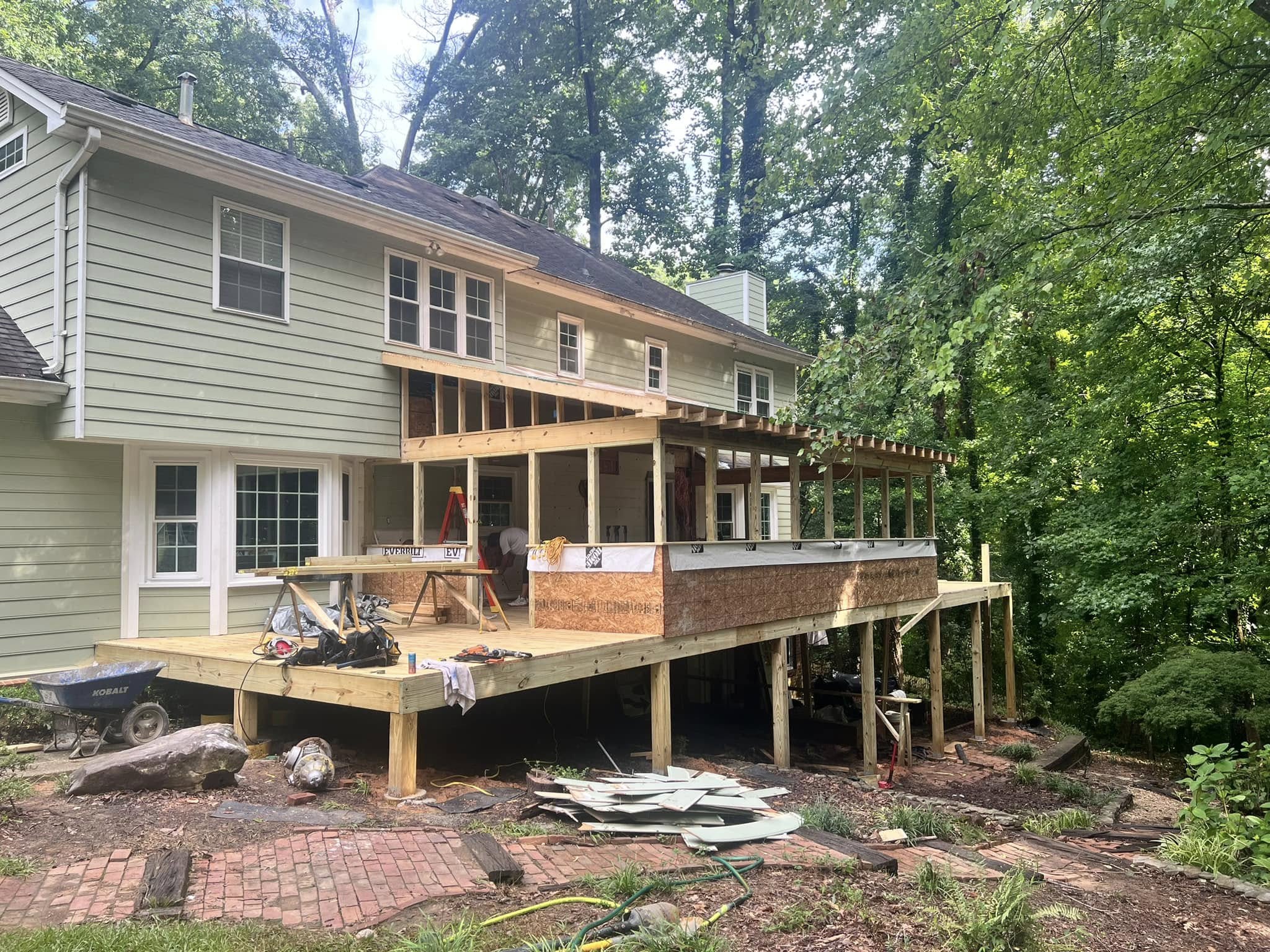
Choosing the Right Materials: A Guide to Sustainable Construction Apr 23, 2025
Understanding sustainable construction begins with recognizing the importance of materials that reduce waste and require minimal energy to produce. These materials contribute significantly to eco-friendly building practices, often reducing costs in the long term. When selecting materials for your next construction or remodeling project, consider those that are renewable, recyclable, and sourced responsibly.
One of the most effective ways to ensure sustainability is through the use of bamboo. Bamboo is rapidly renewable, growing significantly faster than traditional timber. Its durability and versatility make it an excellent choice for flooring and paneling. Additionally, bamboo's carbon absorption capabilities mean it can actively reduce your carbon footprint.
Reclaimed wood is another sustainable option. By reusing wood from old structures, you not only save trees but also bring a unique charm to your new project. Reclaimed wood offers a rustic aesthetic and is incredibly durable, having already withstood the test of time. Moreover, the unique textures and colors can add significant character to any space.
For insulation, consider recycled materials or those derived from natural components. Recycled denim and cellulose provide excellent insulation while being much less harmful to the environment than traditional fiberglass. Sheep’s wool, another natural alternative, is both biodegradable and highly effective in regulating temperature and humidity.
Concrete is a staple in construction, yet its environmental impact can be significant. However, by opting for fly ash or slag cement, which are by-products of industrial processes, you can reduce the environmental footprint compared to conventional Portland cement. These alternatives not only recycle waste materials but also enhance the strength and durability of concrete.
Another area worth exploring is the use of eco-friendly finishes such as low or zero volatile organic compounds (VOC) paints. These paints emit fewer pollutants, improving indoor air quality and ensuring a healthier living space. For exterior surfaces, consider using natural stone or materials like composite siding, which often contain recycled content and don’t require frequent replacements.
Incorporating solar energy into your construction projects is another powerful step toward sustainability. Solar panels reduce reliance on fossil fuels and often offer a return on investment through reduced energy bills. Even if solar-panel installation isn’t feasible immediately, considering a design that eases future installation can be highly beneficial.
Water conservation is another crucial element in sustainable construction. Installing efficient systems such as dual-flush toilets, low-flow showerheads, and rainwater harvesting systems can significantly reduce water usage, leading to substantial savings on water bills over time.
When planning your next construction or remodeling project, remember that sustainability is about making informed choices that balance functionality with environmental responsibility. By selecting the right materials, you not only contribute to a sustainable future but often gain superior performance and financial benefits from your builds.
Keith Construction is committed to providing expert guidance and construction services that focus on sustainable practices. Whether you’re building new or remodeling, making eco-friendly choices today ensures a better planet for tomorrow. Let us help you build responsibly with quality and sustainability in mind.
/filters:no_upscale()/media/3d0c5bcf-4410-481b-b092-675d32266f0c.jpg)
/filters:no_upscale()/filters:format(webp)/media/6cdc3899-0c71-44a7-ba48-93568e8cc180.jpg)